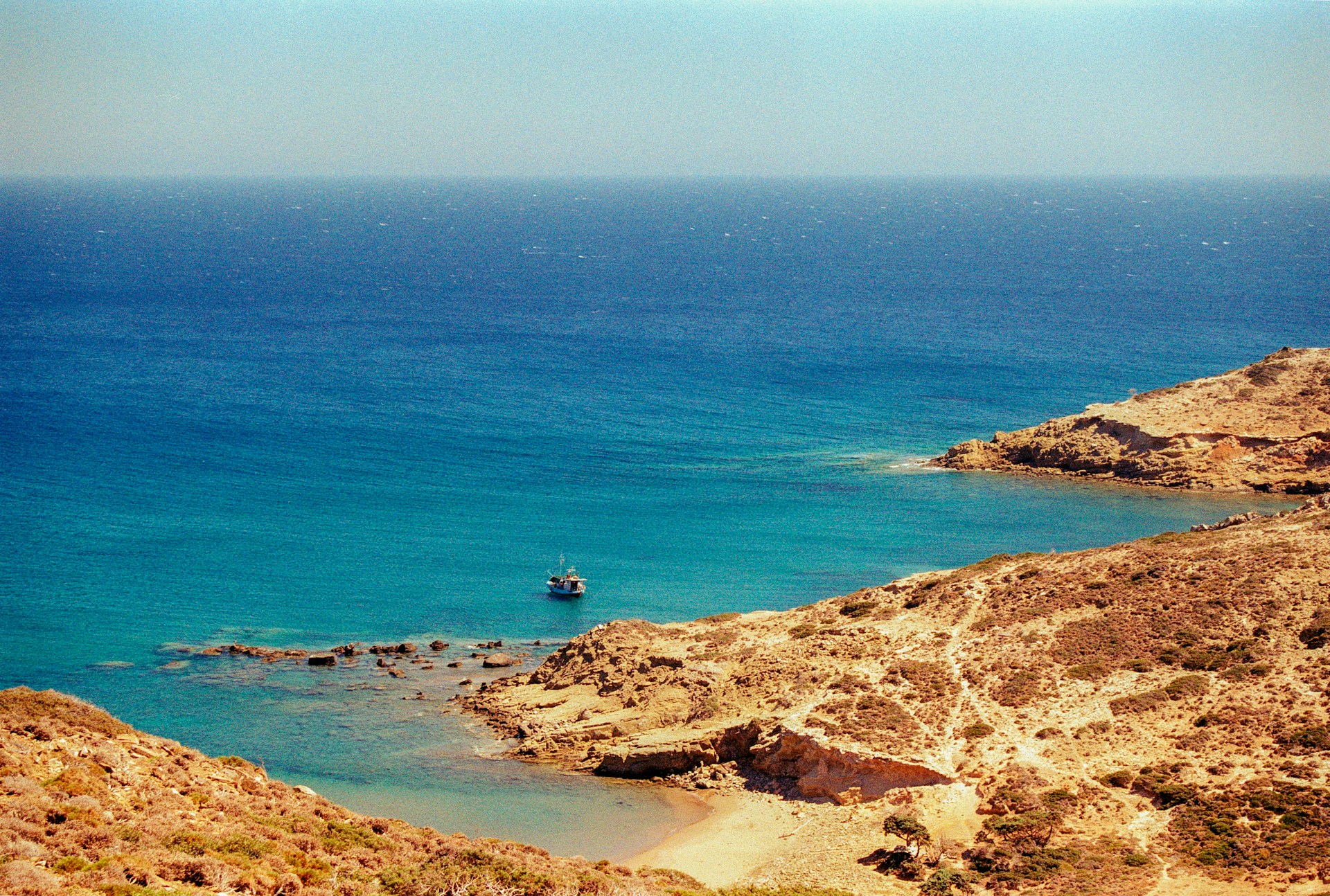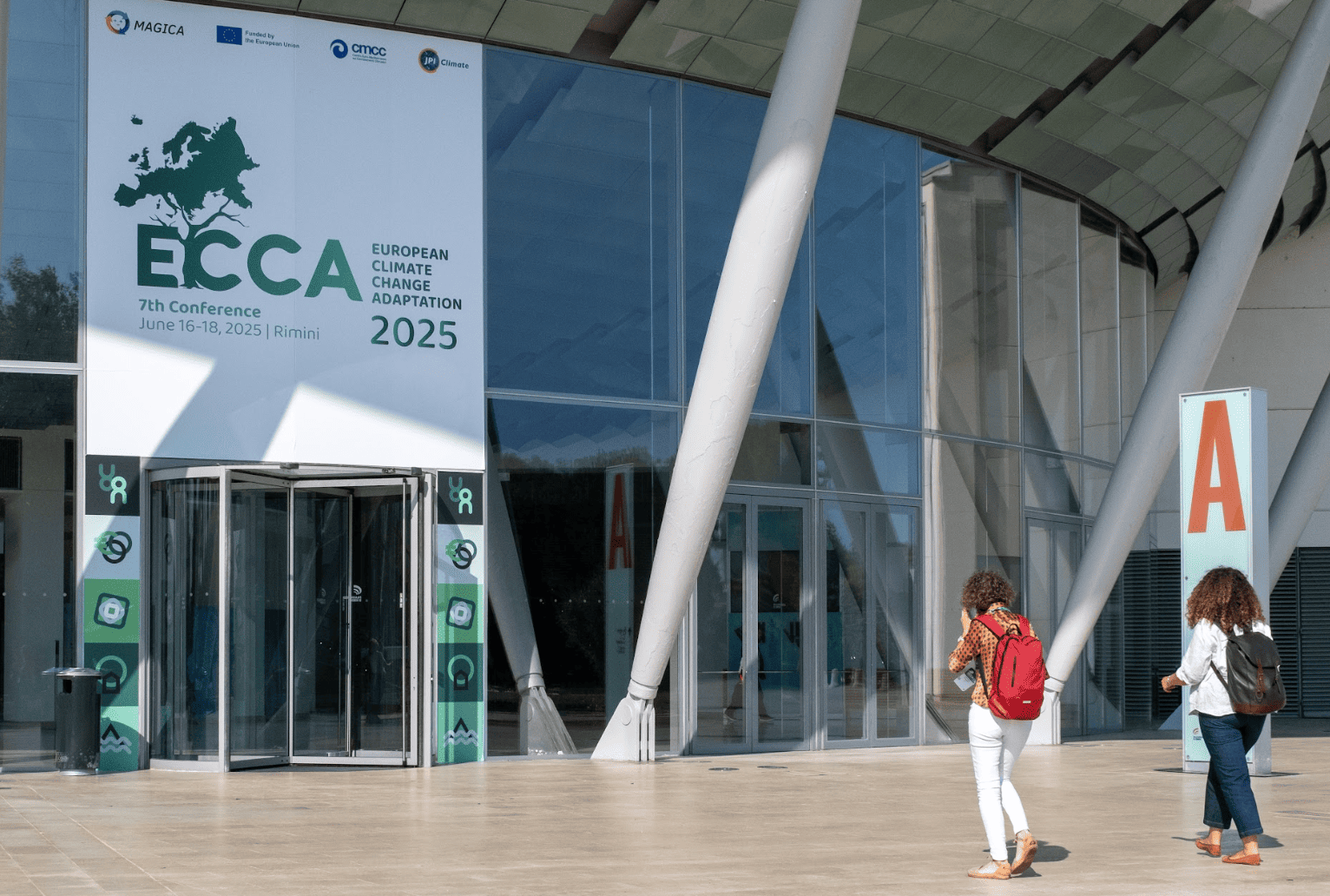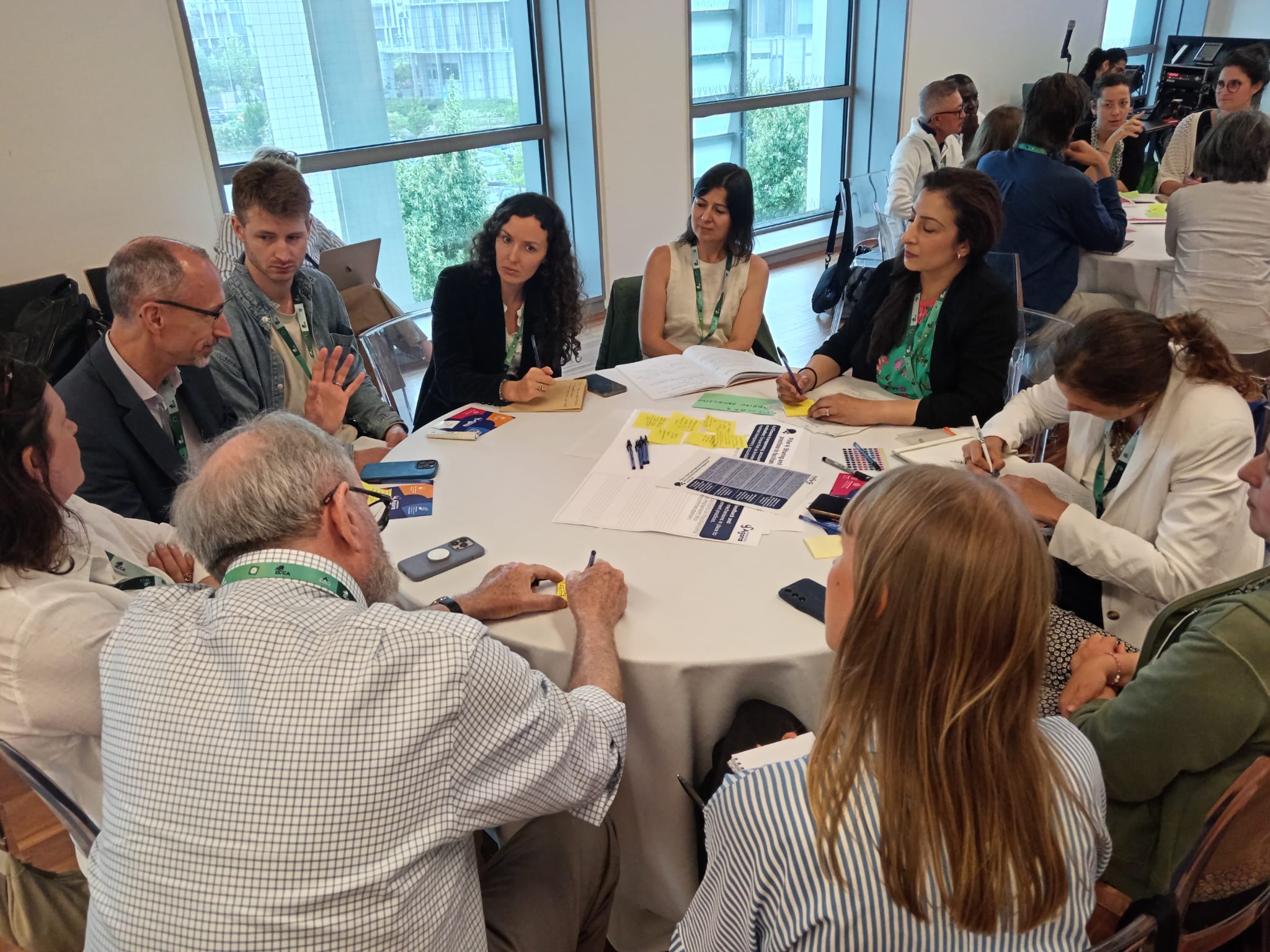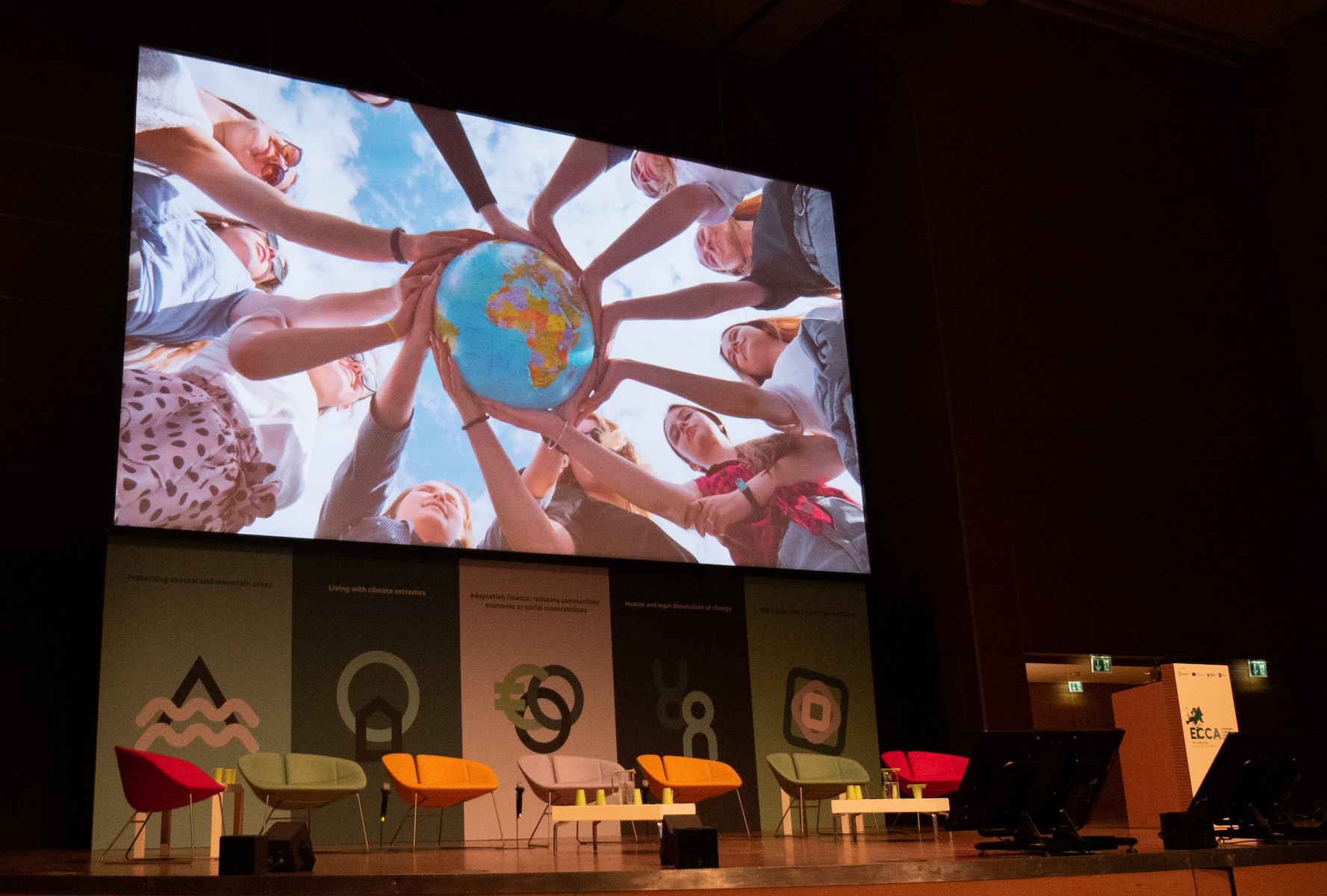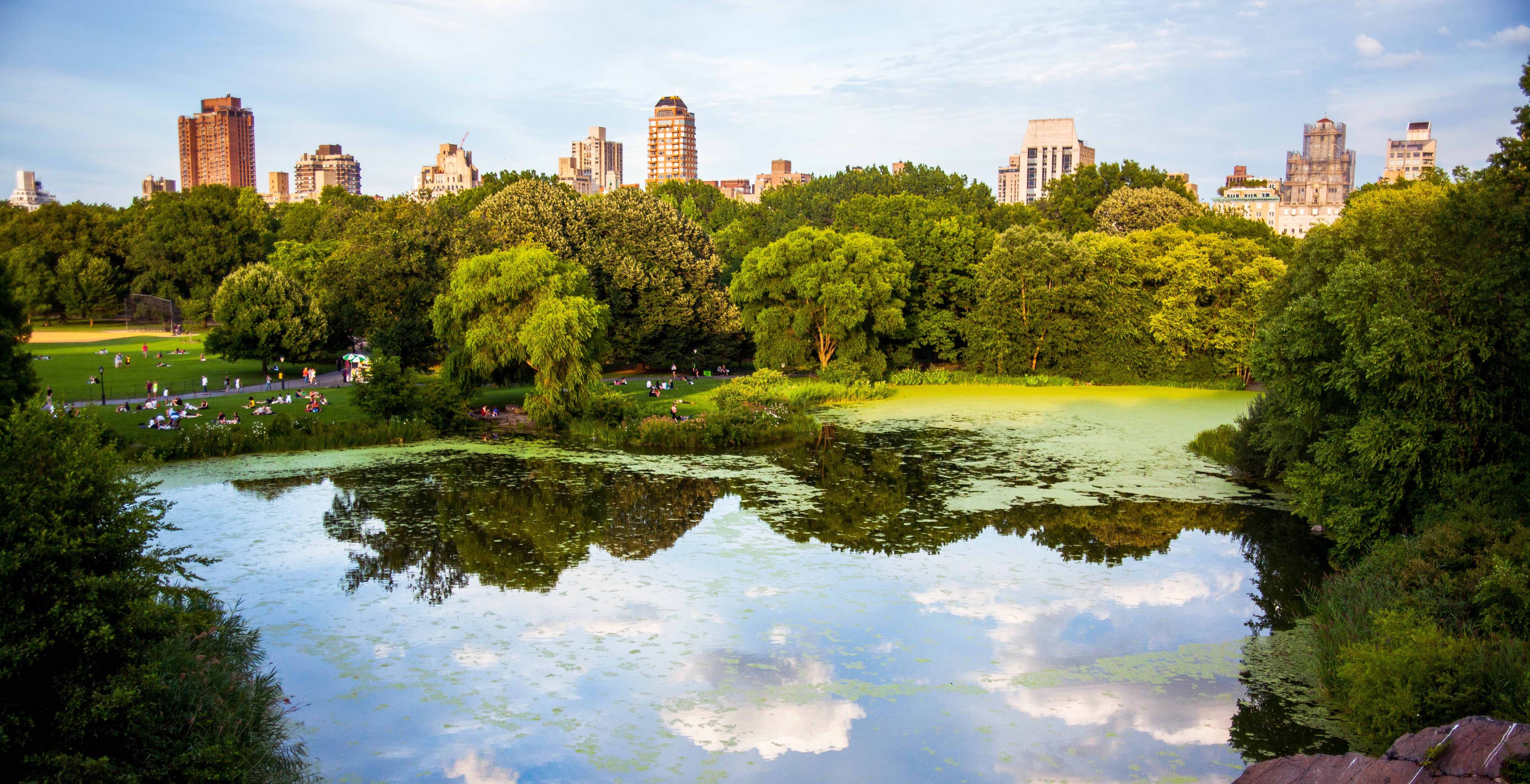Source: NOAA press release
Now in its 13th year, the 2018 Arctic Report Card is a peer-reviewed report that provides an annual status update on the region and compares these observations to the long-term record / is a timely and peer-reviewed source for clear, reliable and concise environmental information on the current state of different components of the Arctic environmental system relative to historical records.
Compiled from the research of more than 80 scientists working for governments and academia in 12 countries, the report is intended for a wide audience, including scientists, teachers, students, decision-makers and the general public interested in the Arctic environment and science. This information can be used to inform decisions by local, state and federal leaders as Arctic residents confront the challenges and opportunities posed by a rapidly changing climate and ecosystem.
As in previous years, this update highlights the changes that continue to occur in, and among, the physical and biological components of the Arctic environmental system.
This year’s report shows that the Arctic region experienced the second-warmest air temperatures ever recorded; the second-lowest overall sea-ice coverage; lowest recorded winter ice in the Bering Sea; and earlier plankton blooms due to early melting of sea ice in the Bering Sea.
In addition to annual updates on ocean temperature, snow cover, tundra greenness and melting on the Greenland Ice Sheet, the report card also includes reports on multi-year environmental changes, including a long-term population decline of the region’s iconic wildlife species, the caribou. Other multi-year essays focused on the expansion northward of toxic harmful algae and significant concentrations of microplastic pollution that are transported by ocean currents into the Arctic Ocean from other parts of the global ocean.
The collective results reported in the 2018 Arctic Report Card show that the effects of persistent Arctic warming continue to mount. Continued warming of the Arctic atmosphere and ocean are driving broad change in the environmental system in predicted and, also, unexpected ways. New and rapidly emerging threats are taking form and highlighting the level of uncertainty in the breadth of environmental change that is to come. Long-term monitoring programs are critical to our understanding of baseline conditions and the magnitude and frequency of the changes that are being delivered to the Arctic. Such understanding is central to the livelihood of communities that call the Arctic home as well as the rest of the globe, which is already experiencing the changes and implications of a warming and melting Arctic.
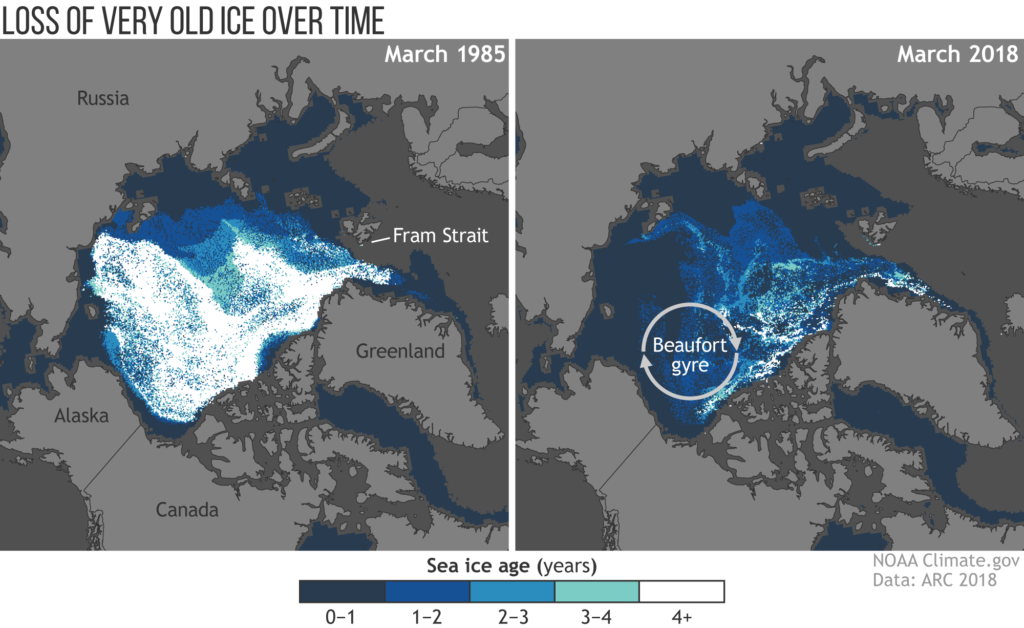
Report card highlights:
- Surface air temperatures in the Arctic continued to warm at twice the rate relative to the rest of the globe. Arctic air temperatures for the past five years (2014-18) have exceeded all previous records since 1900.
- In 2018 Arctic sea ice remained younger, thinner, and covered less area than in the past. The 12 lowest extents in the satellite record have occurred in the last 12 years.
- In the Bering Sea region, ocean primary productivity levels in 2018 were sometimes 500% higher than normal levels and linked to a record low sea ice extent in the region for virtually the entire 2017/18 ice season.
- In the terrestrial system, atmospheric warming continued to drive broad, long-term trends in declining terrestrial snow cover, melting of the Greenland Ice Sheet and lake ice, increasing summertime Arctic river discharge, and the expansion and greening of Arctic tundra vegetation.
- Pan-Arctic observations suggest a long-term decline in coastal landfast sea ice since measurements began in the 1970s, affecting this important platform for hunting, traveling, and coastal protection for local communities.
- Warming Arctic Ocean conditions are also coinciding with an expansion of harmful toxic algal blooms in the Arctic Ocean and threatening food sources.
- Despite increase of vegetation available for grazing, herd populations of caribou and wild reindeer across the Arctic tundra have declined by nearly 50% over the last two decades.
- Spatial patterns of late summer sea surface temperatures are linked to regional variability in sea-ice retreat, regional air temperature, and advection of waters from the Pacific and Atlantic oceans.
- Microplastic contamination is on the rise in the Arctic, posing a threat to seabirds and marine life that can ingest debris.

